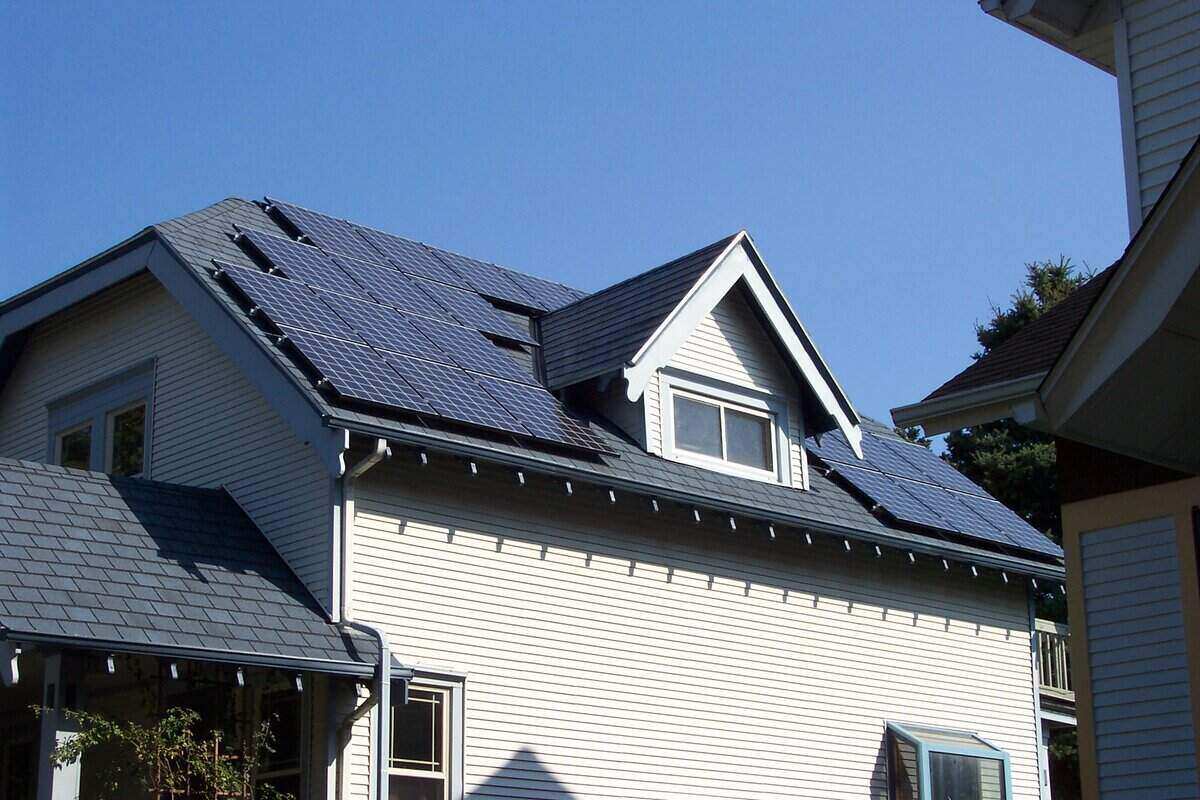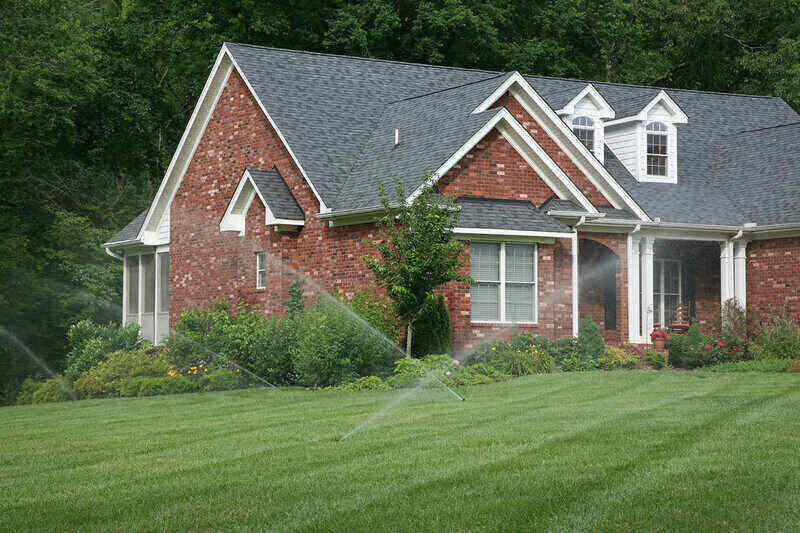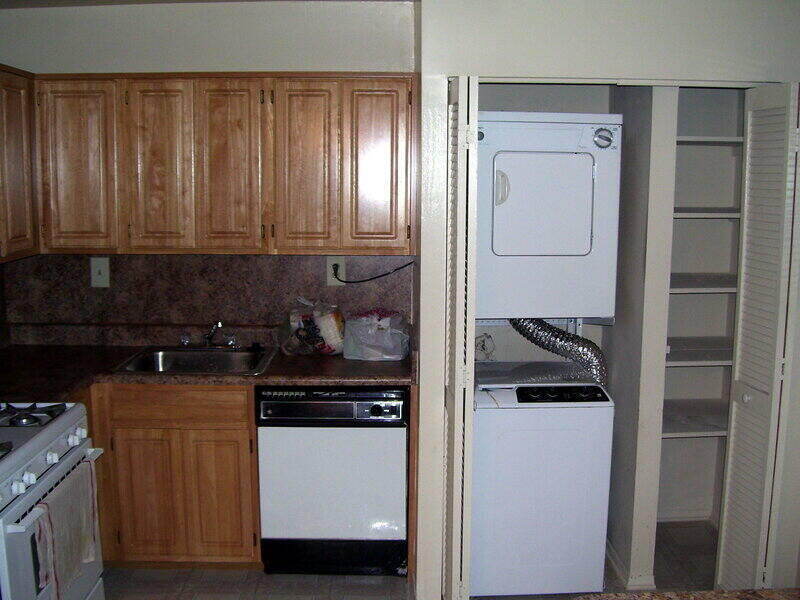
Home warranties are billed as a way to defray the high cost of home repairs, but it’s fairly common for homeowners to get themselves into contracts that they later find unreasonable. This is why it’s crucial to understand how home warranties work and all the things you need to beware of before getting one.
Your Claim May Get Denied
To use your home warranty, you will have to file a claim with the service provider. Sometimes, this claim may get rejected and leave you frustrated. Your claim might be denied:
If You Don’t Have Records
Your claim may be denied even for covered repairs if you do not have the records to prove that you maintained the item exactly as recommended by the manufacturer. You will also have to show proof that the problem resulted from something other than the normal wear and tear of the appliance or system. Or, that the problem arose after you bought the warranty.
If the Damage Was Caused by Animals
Some home warranty providers do not cover any damage caused by animals. This also includes your pets and vermin. If you file a claim for damage to an appliance or a system due to any kind of animal, your claim may be denied.
If You Exceeded the Coverage Limit
Home warranty companies have an annual coverage limit on each home system or major appliance that they cover. So, even if your appliance was covered by the warranty, you will still be denied coverage if you’ve exceeded the coverage limit for a specific item or the annual cap.
If the Repair Was Made by an Unauthorized Technician
Most home warranty policies stipulate that only the technicians hired or approved by them are eligible to make repairs for items covered by the plan. If you hire a contractor to perform repairs for a covered item, your claim may be denied if you later call your warranty provider. The same goes for repairs that you attempt to do yourself.
In Case of Improper Installation and Code Violations
If your appliance or system was not installed properly, even if the installation was performed by a professional, your claim could be denied. This is also true if the installation violates safety codes.
Exclusions That Might Surprise You

Home warranties do not cover issues arising from poor maintenance of your major appliances or home systems, pre-existing conditions, or pest damage. But here are a few uncovered items that may surprise you:
Garage Doors
Garage tracks and doors are not covered by most home warranty companies. Though it isn’t common for such items to malfunction, you should still take a closer look at the home warranty contract to make sure the garage door and track are covered.
Roof Leaks
You might expect that a leaking roof would be covered, but it isn’t. However, it may be considered a structural issue, rather than a systemic one, and be covered in home insurance.
Solar Panels
Solar panels are not covered by home warranties because they attach directly to your house. They may be attached to the electrical system of your home but they fall under the homeowner’s insurance policy.
Pools and Hot Tubs
Hot tubs, spas, and pools are not typically covered in home warranties. But some service providers allow you to add on extra coverage for an additional cost.
Sprinkler Systems
Sprinklers, valves, and faucets are a part of outdoor plumbing and are more likely one of the exclusions of your home warranty. These systems sure make your life easy and enhance curb appeal, but they aren’t covered as a part of internal systems.
Any issue with sprinkler systems rarely becomes a threat to the integrity of your home and is perhaps the reason why home warranties almost always leave them out.
Septic Systems
Toilets and plumbing systems are standard (covered) items for a home warranty, and septic systems seem like something that should be covered, but they’re not. Septic tanks, well pumps, and sump pumps are technically outside your home and are not covered in home warranties. If your house has a septic system and you want it covered, make sure it’s included in the fine print.
Secondary Units
Almost all home warranties nowadays cover HVAC systems. But most of them won’t cover secondary air conditioning systems or heating units. So, even if your home warranty covers the main HVAC system, you may be on your own if the secondary units fail.
Washer, Fridge, and Dryer

Some home warranty companies exclude coverage for washers, dryers, and refrigerators even though they are household appliances. Carefully read the fine print because these are your daily-use appliances that every homeowner would want covered.
Secondary Damages
Home warranties do not cover secondary damage to your home appliances and systems. For instance, if your dishwasher breaks, or a pipe leaks and floods the kitchen, any water damage due to the flooding is considered secondary damage.
Such damages might be covered in your homeowner’s insurance but are not a part of home warranty plans.
Anything That Fails Within the First 30 Days
If your home appliance or system wasn’t working at the time you sign the home warranty or fails soon after, it will be considered a pre-existing condition. And almost every home warranty company refuses to fix such items.
You Can’t Pick Your Contractor

Home warranty companies almost never let you choose your own repair service. It is also unclear how these companies screen and vet the contractors they hire. Many policyholders complain that home warranty companies dodge requests to provide insurance or certifications for the contractors they send.
Other problems with contractors:
- Some homeowners complain that contractors try to upcharge them, are unprofessional, or simply bad at their job.
- The contractors and home warranty companies sometimes try to satisfy you with “Band-Aid repairs,” fixing the symptoms of the problem rather than focusing on the source of the damage.
- You might also have little or no say in the brand or model of the replacement component if your appliance or system needs one. The choice is out of your hands on this one.
- In the end, you are simply left to trust the company to send you a contractor for the job. So, if you’re very particular about the services you get or wish to know who will perform the repair beforehand, this might be a deal-breaker.
Coverage Gray Area
Homeowners should also know that there are some significant gray areas regarding the maintenance of items and their coverage under the warranty. Home warranties do not even cover items that haven’t been maintained properly. But what is considered “proper” maintenance? There’s no standard definition for maintaining products because they vary with manufacturers, brands, and usage, among other things. This is why it’s a common area of disagreement between warranty holders and home warranty companies.
Sometimes you may also see vague or unnecessarily complicated maintenance clauses in the fine print that the company may later use to deny a claim. They can simply disagree with you over what constitutes proper maintenance.
Delayed Response
This problem overlaps with poor customer service. Some people complain that their home warranty company didn’t respond for days or weeks after they filed a complaint. The best home warranty companies typically respond within 24 to 48 hours of a complaint.
In addition to that, home warranty companies may then take days or weeks to schedule a repair, or a home inspection to begin with. This delay may cause additional damage to your home appliance or system in some cases.
Unexpected Costs
Another common issue homeowners face is unexpected charges. Some home warranty policies consist of arbitrary coverage limits and the company renews the policy without the prior consent of the warranty holder.
Some homeowners also complain that they were hit with an undisclosed cancellation fee while the company refused to provide a proper explanation.
Trade Service Fee
When you file a claim about an item covered under the warranty, the company sends a professional to inspect the damage and make the required repair or replacement.
You will have to pay a trade service fee –ranging from $60 to $120 – for these visits at every call. Even if the warranty company denies your claim after the inspection, you will still pay the service fee.
It May Cost You More in The Long Term
Homeowners generally pay a monthly or annual premium, but then also pay a service fee each time a repairman is sent to assess a problem. Each service fee can be more than $100. So if a costly repair pops up, the cost of the home warranty and service fee might be worth it. If the repair is relatively minor, you’ll spend more on the warranty and service fee than if you repaired it yourself or hired your own repair person.
You should also consider the age and condition of your home and systems. If your covered systems are relatively new or in good shape, you may pay a year’s worth of premiums without ever needing a repair. Perhaps it’s worth it to you to have peace of mind, but the cost of the contract should be weighed against the need.
A homeowner may also feel that all the money spent on the premium was a waste if their claim gets denied. Some experts advise you to skip the home warranty and instead stick some money in an emergency fund that you can use for any repair that comes up. The repair or replacement costs you pay once or twice would be lower than the total annual premium.
Can’t Decide?
We’ve gone over everything dark you need to know about home warranties. And if you are a new homeowner or a potential home buyer and feel like your real estate agent is pestering you about getting a home warranty, you’re now equipped to make an informed decision. But if you can’t, it’s okay! Call in a professional to draw a clear picture for you.
Main Photo Credit: Mjmonty / Flickr / CC BY 2.0